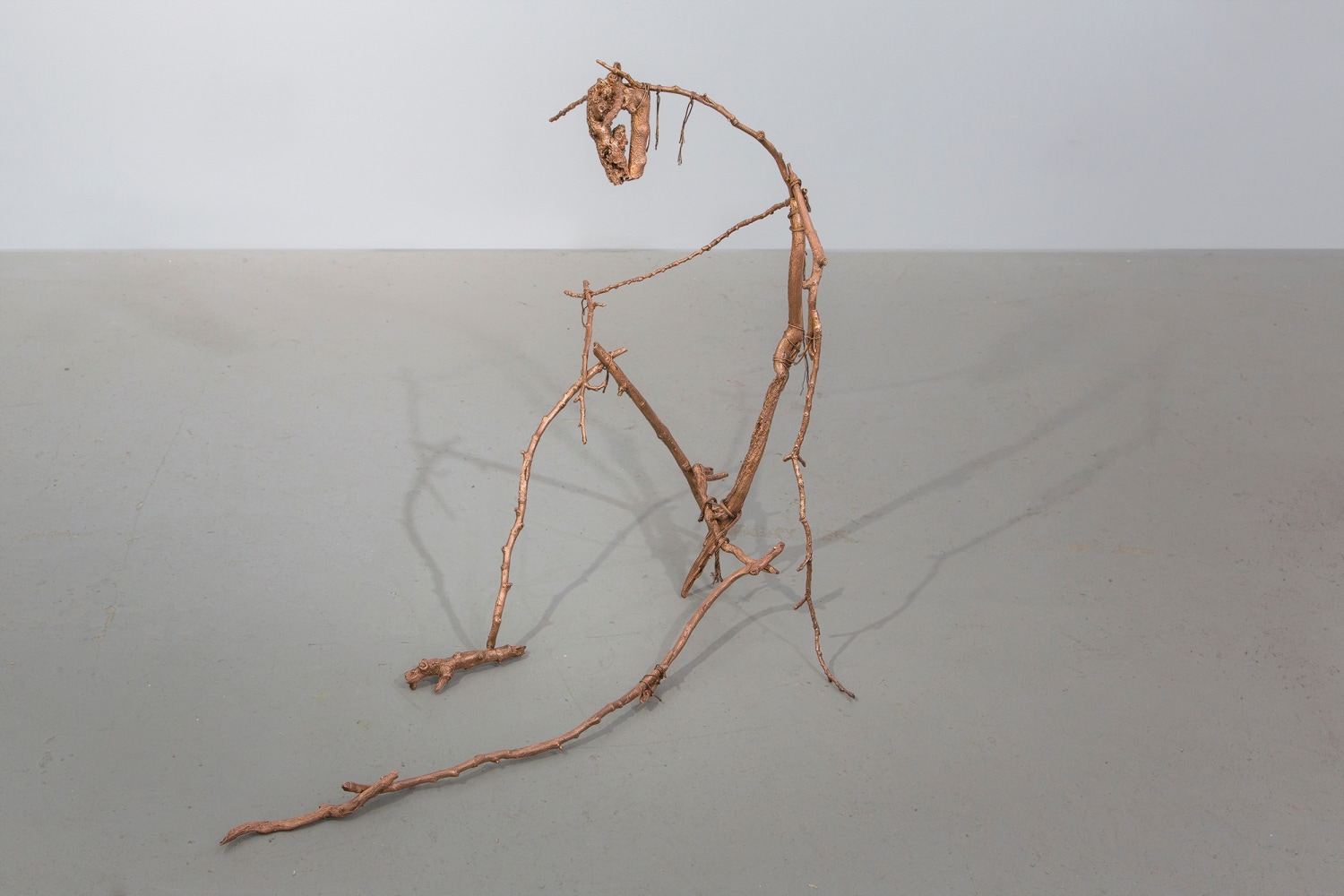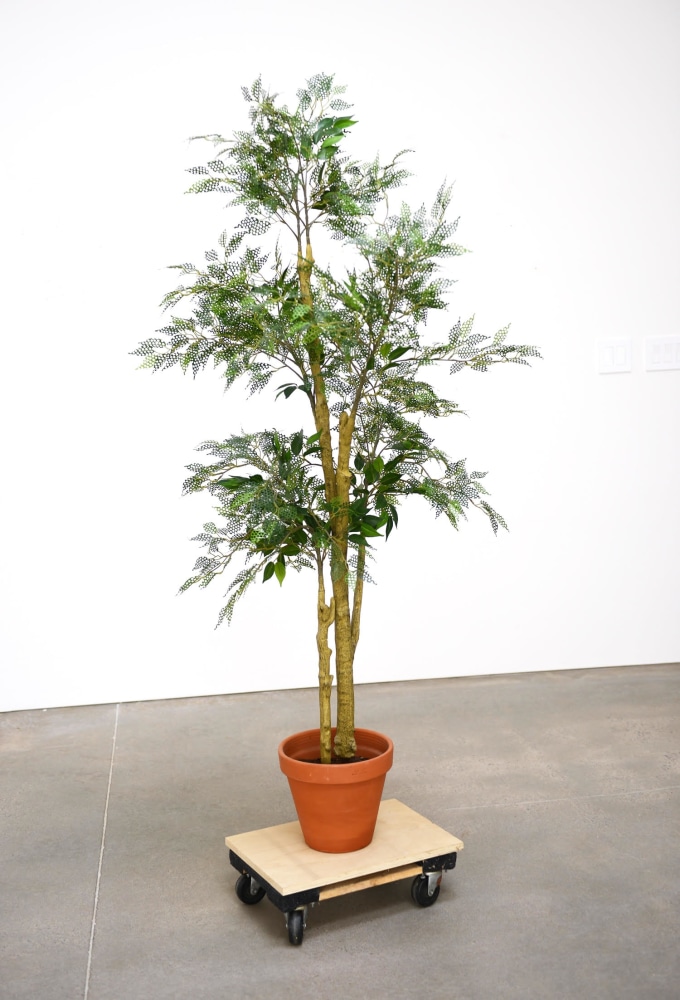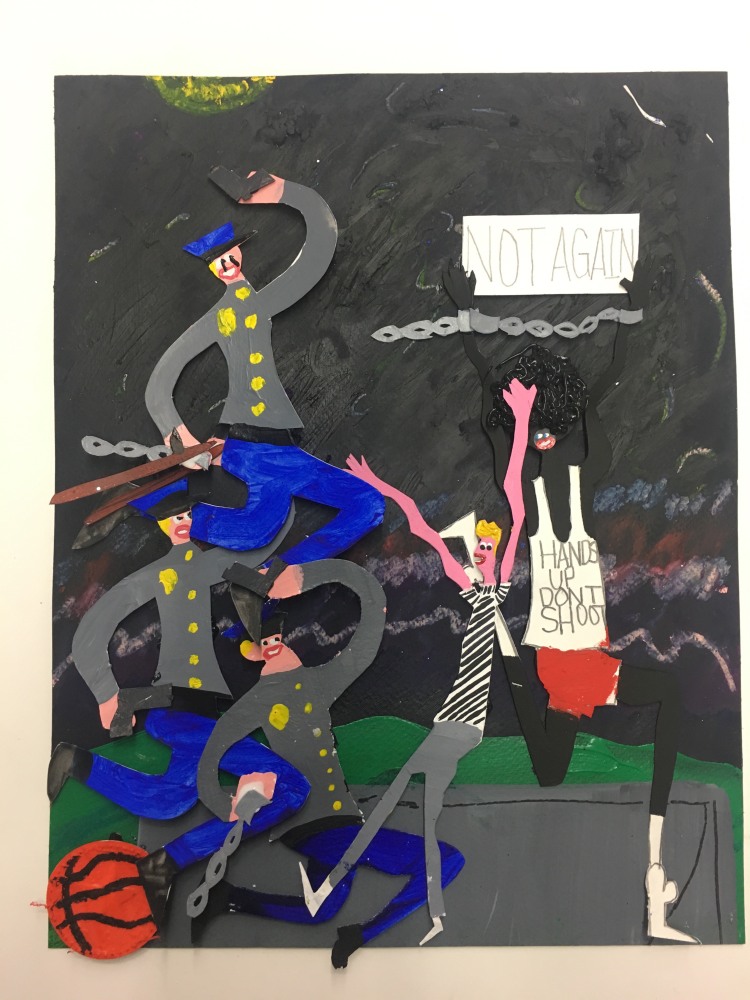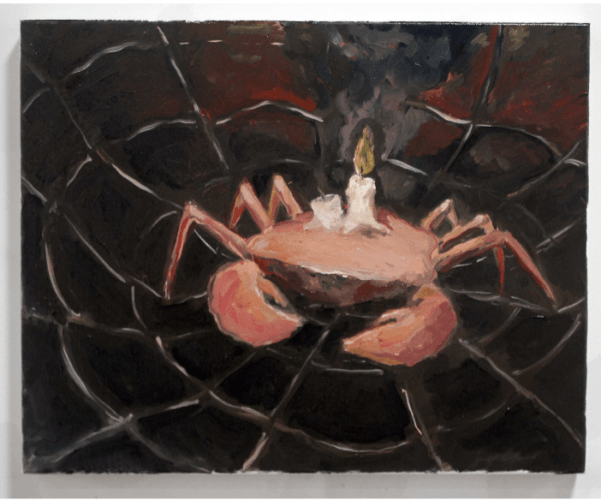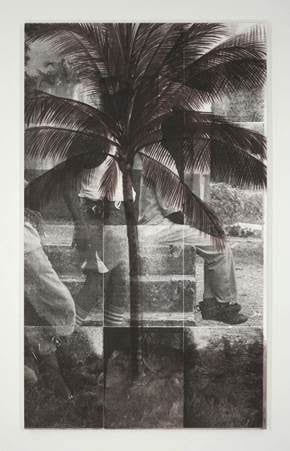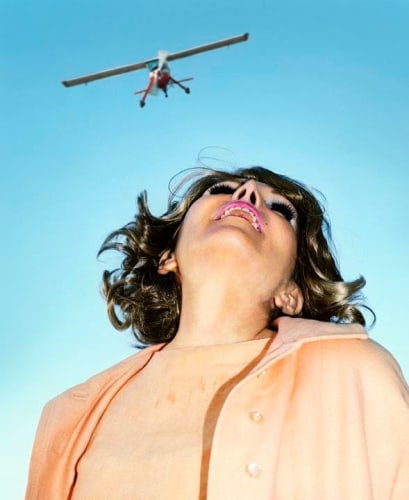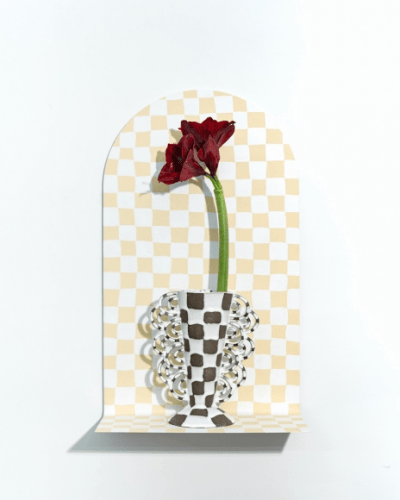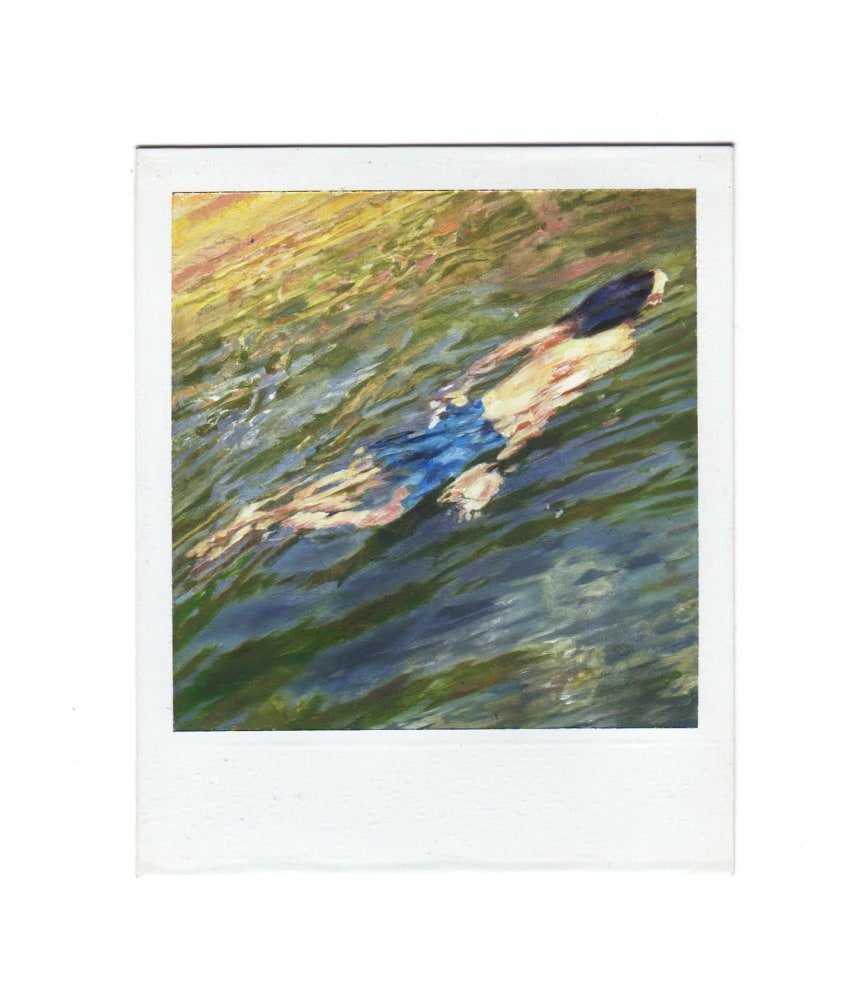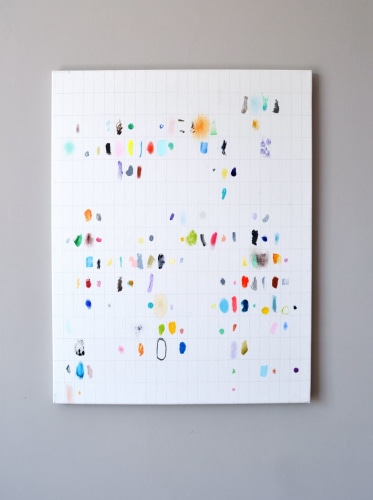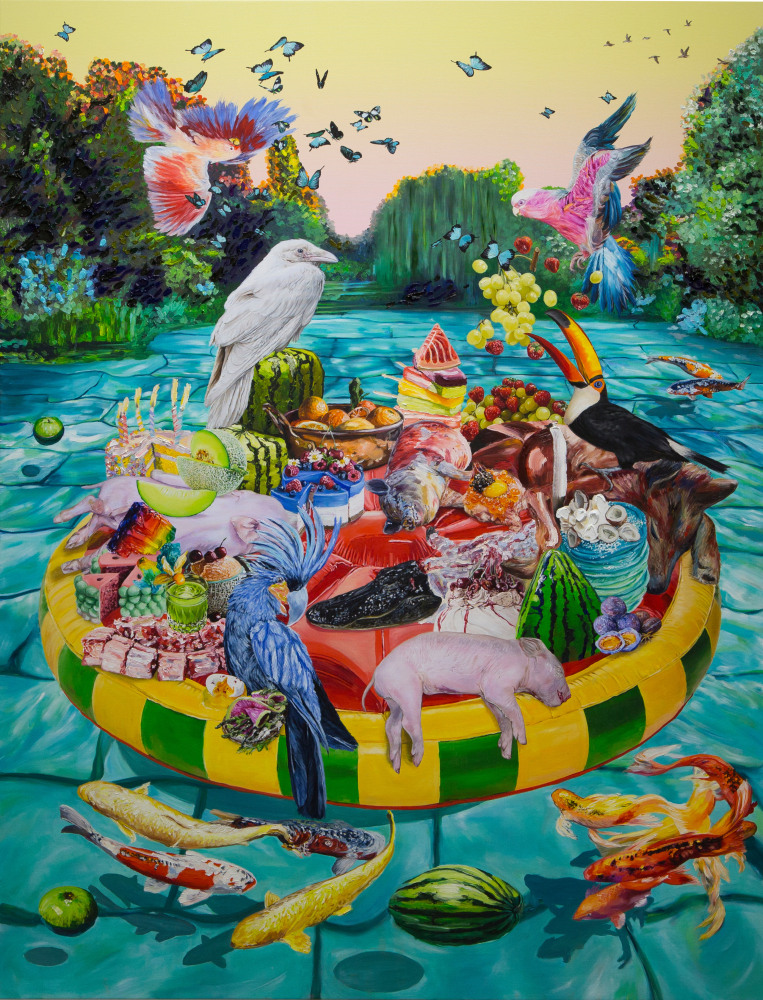An exhibition curated by Calli Moore
June 26 - August 15, 2019
Opening reception: Wednesday, June 26, from 6 to 8 pm
The world evolves in an imparable and chaotic manner: an unpredictable chain of mutations in architecture, technology, climate, fauna, flora, and social behavior. In this clash of contradictions, the intolerable becomes a daily routine, opposite poles turn into neighbors in a residual and discomposed landscape. This foreign and astonishing reality makes us feel like strangers in our own country, in our own body. Displaced and exposed, we try to naturalize the artificial and reevaluate our precarious position within the food chain. Flora/Fauna examines the human imprint on the natural world as seen through the intimate and culturally diverse lens of 13 contemporary artists. With the planet growing weary, there is a significant increase in extreme temperatures, wind, rain, drought, and artifacts. Candlelit crabs, potted plants, ceramic cacti, snakes, bronze stick figures, puffy paintings, a variation on the Raft of the Medusa: Flora/Fauna presents a collection of artifacts that preserve nature in a very non-natural way, a true testimony to the degradation of certainty.
Christina Nicodema's paintings explore the schisms of the food chain in which all life participates. Her paintings challenge the impossibility of reconciling the opposing notions of violence and empathy by detailing the endless cycle of dominance and submission present throughout all species and cultures. Sean Micka has re-categorized images from a 1979 Encyclopedia Americana into typologies for a collection of small oil paintings. Mountains, botany, creatures, architecture, design: together they form image-dioramas that reference historical memory, education, ideology, and amnesia. Ana Bidart’s Yearbook paintings are a sensitive diary of leftover colors and gestures, a record of the rituals and routines of life at the studio.
Martí Cormand presents a series of oil paintings on Polaroid photographs recovered from his childhood house in Spain, superimposing memories of family vacations and the many strata that compose one’s life. Justin Adian produces abstract wall reliefs in vibrant palettes that oscillate between two artistic languages. These puffy, geometric compositions are reminiscent of both geological and manmade forms. The soft curves and sheen outer layers are pleasing to the eye, yet the fragile nature of the material makes apparent that the object will only live for a vapor of time. Charles Hascoët’s paintings delve into nostalgia and memory by reimagining and re-contextualizing mundane objects: a crab’s shell carrying a burning candle, as if to be a timekeeper – a memento mori. Ted Lawson’s Effigy sculptures are highly realistic cast bronze "stick figures” based on the deconstruction of classical masculine tropes found throughout ancient mythology and art. His poetic and abstracted figuration evokes the contemporary pathos of entities such as the Minotaur or the Satyr, in what appear to be simple twigs and twine. These seemingly fragile constructions challenge the traditional notions of gender and identity that are constantly up for revision, yet prove equally resilient and difficult to burn.
Emily Mullin’s three-dimensional still lifes are uniquely-shaped ceramic vases placed on a bent display, carrying living flowers, a testimony to the fragility of life. Far from aspiring to the “nearly natural,” Stefana McClure’s perforated plastic plants are proudly synthetic, embracing and even flaunting their artificial nature. A weeping fig sits on a dolly as if ready to be rolled out. Alex Prager creates elaborately staged cinematic photographs and films inspired by street photography, pop culture, cinema, and personal experiences. A plane hurtling toward the earth’s ground goes unnoticed by a woman looking up toward the sky, laughing, oblivious to her potential fate. Gabriel Rico’s ceramic sculptures reflect on the relationship between humans and their natural environment, a cactus adorned with eyeballs next to a burning flame, as if to allude to the full circle of nature taking back what it rightfully deserves. Paul Anthony Smith's Grey Area silkscreen paintings are made from digitally manipulated, scanned, reprinted photographs. The blocked images form a grid, absent of color. The ghostly presence of a palm tree’s silhouette figures the last imprint of nature on earth. Devin Troy Strother's works on paper feel playful and light-hearted at first glance, but when examined further present a very dark and accurate depiction of our current sociopolitical climate.

